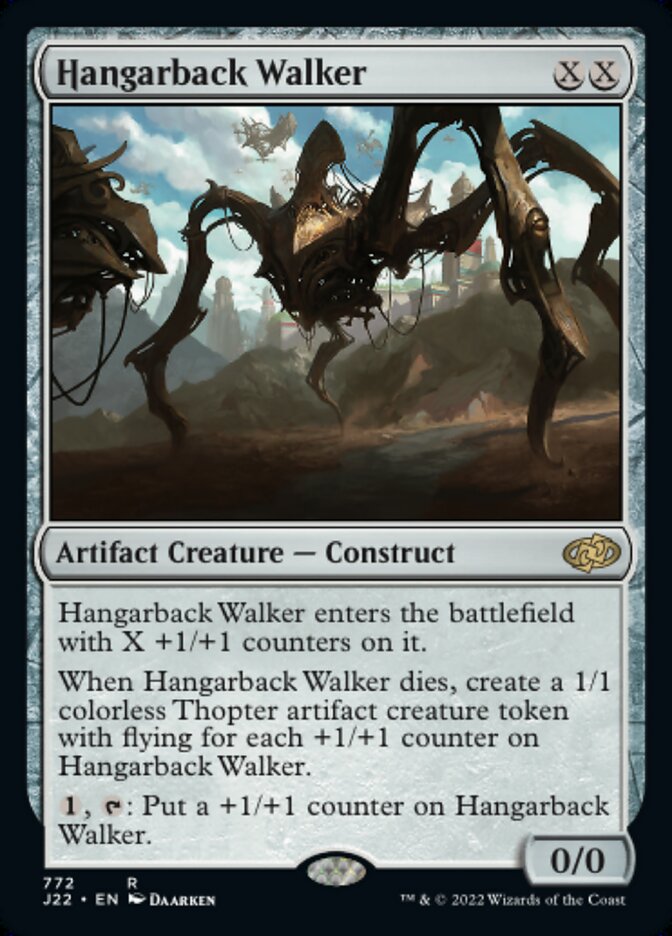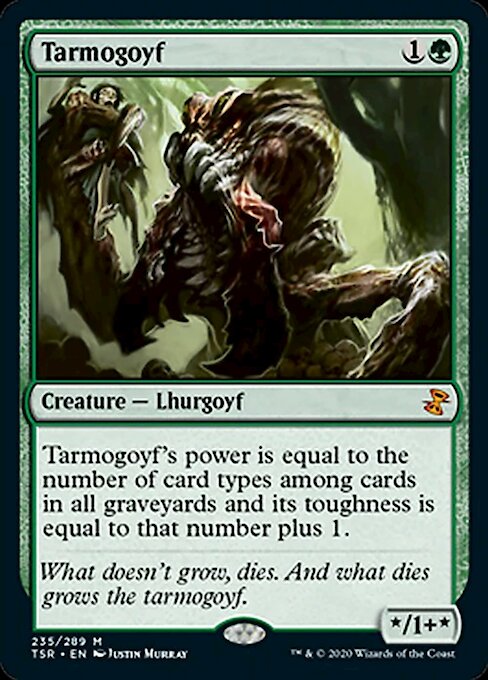Are you a Quiet Speculation member?
If not, now is a perfect time to join up! Our powerful tools, breaking-news analysis, and exclusive Discord channel will make sure you stay up to date and ahead of the curve.
I've said my piece on Battle for Zendikar, which won't change until we start seeing the new Standard metagame flesh out. There will probably be some surprise winners and losers as always, but as I've said it's best to play it by ear from here.
What I do want to talk about more in depth is the Battle for Zendikar event deck. I don't think anybody saw such an impressive list of reprints coming.
I'm reminded of Homer at the Bat, the episode of The Simpsons in which Mr. Burns hires nine ringers to play for his baseball team and sees them all unable to play in the big game.
"Smithers, there's no way I can lose this bet. Unless, of course, my nine all-stars fall victim to nine separate misfortunes and are unable to play tomorrow. But that will never happen. Three misfortunes, that's possible. Seven misfortunes... there's an outside chance. But nine misfortunes? I'd like to see that."
People are undoubtedly invested in all five of these cards. It's likely that most investors already made their money on Hangarback Walker, but it was poised for more gains prior to this announcement. The other four were well positioned to see gains from their low points in the months preceding the announcement. Now, at least in the short term, these cards will take a hit.
Seeing two mythic rares and a $15+ rare in the same supplementary product is something of a sobering experience. I'm sure that this hit some speculators particularly hard, and should be one of many occurrences that remind us all of the importance of diversifying our portfolios.
Assessing the Reprints Individually
This reprinting is a death knell for Evolutionary Leap, Warden of the First Tree, and Whisperwood Elemental. Of the three I could see Warden rebounding if it sees play as a four-of in a popular deck, but otherwise I think the damage is done.
Hangarback Walker is a more interesting position. The price has slightly increased since the deck was announced, which is sustainable if the price of all the other cards tank. I'm not saying that Hangarback Walker is Umezawa's Jitte-powerful, but that is an example of a pre-con card from Magic history that didn't much sweat its printing in a supplementary product.
It's not true that every deck needs Walkers the way that they needed Jittes, but it's not everyday we see a card as ubiquitous as Hangarback Walker. I think the comparison is worse between Walker and Thragtusk, but Thragtusk is another good example of how a card can retain value in the face of increased supply.
If you see people trying to unload Walkers out of fear, pick them up. Don't go nuts on your offer, because the ceiling has obviously dropped to a specific price point, but don't forget just how powerful this card is and how popular it will remain.
Tasigur, on the other hand, just isn't as good in Standard as he once was. Don't get me wrong, he's a great card, but his price was already pretty low and has taken a hit. I can see him falling all the way into the $1-2 range, and at that point in time I love buying Tasigur.
In Legacy players have biased themselves towards Gurmag Angler, which I think is correct, but Tasigur is likely to be a Modern staple for years to come. There will definitely be a lot of copies out there, but over time they'll slowly disappear and Tasigur will prove to be a great long-term hold.
It might be wise to unload any copies you can for $3-5 and buy back in later.
A Lesson About Risk
The interesting takeaway from this deck is that the lower-valued cards will be more impacted than the higher-valued ones.
When I first started investing in Magic cards, I was more interested in lower-cost options as they presented less risk and allowed me to diversify more. But as it turns out, not all cheap investments are low risk.
If you put a million dollars into $1 items and they drop fifty cents, you're out half a million. That's if you could even sell them at market price. Low risk only applies to having a modest amount invested, and speculators with stacks of Whisperwood Elementals will certainly feel the impact of this event deck.
Meanwhile, expensive options are expensive for a reason. Some reasons may not make for great investments--for example, Portal: Three Kingdoms cards are expensive due solely to scarcity and tank whenever they are inevitably reprinted. It's easy to tell when this is the case though, and most "high-risk" investments tend to demand higher prices because real demand exists.
A couple years ago, fearing more reprints, I made the decision to sell my Tarmogoyfs. I was off of RUG Delver, and I had no interest in acquiring the other pieces for the Modern Tarmogoyf decks. I expected that a Modern Masters 2015 reprint would significantly impact the card's price, and instead of risking that possibility I sold my Goyfs for $135 a piece.
As things unfolded, Tarmogoyf was reprinted but player demand prevented a significant drop in price. All told, it wouldn't be hard to sell them today for close to the price I got for them.
More expensive things are more expensive for a reason, and if that reason is good (demand), their prices will be resistant to factors like increased supply.
Obviously you'll make the best returns percentage-wise by picking the next sleeper, but there's an argument to be made that higher-end investments are actually lower-risk. You can point to Vendilion Clique, Cryptic Command, and a number of other cards that were negatively impacted by Modern Masters 2015, but they all have significantly lower demand than Tarmogoyf and there was a ton of MM15 opened.
The event deck is also a good reminder of the importance of neutralizing costs early. That is to say, if you bought 20 Hangarback Walkers for $5, it would be wise to sell half of them for $10 when the opportunity strikes to cover your costs. Then you can figure out what to do with the rest, confident in the knowledge that you're ahead on the transaction.
Doubling up is an arbitrary watermark for this example. When to cover costs should be determined relative to specific specs, their price trends, and your plans for them.
~
When speculating, it's important to remember there are no sure things. Be realistic about the risks you're taking on for every investment you make, and plan strategically to minimize losses.
Just because there are no core sets anymore doesn't mean that cards are safe from reprints. And just because you lose little money per card when a spec doesn't hit doesn't mean it was "low risk." Don't be sorry, be careful.
Thanks for reading.
-Ryan Overturf
RyanOverdrive on Twitter













I’m eager to see what Walkers drop to (if anything). I sold mine at the peak, but the more i test Standard the more I realize that HBW makes every deck much better.
What is your target for them in the short-term? Buylist is around $10, so…12? 14?
I’d say 12.